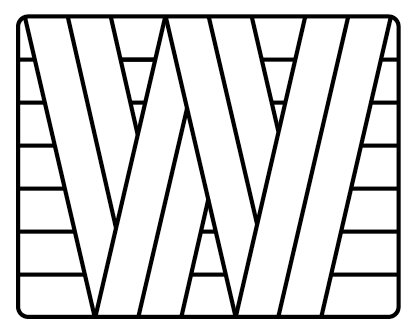One simple action that leads to unity
Growing up in Ohio I played basketball and volleyball. I was even a cheerleader. But when I went to Japan for my junior year abroad I was eager to expand my experiences and so I joined the Waseda University Judo Team. I was taught to bow when I walked into the dojo and to always leave by stepping backward through the door so that I never turned my back to my seniors. I saw guys lose consciousness and break bones during practice. It was intense, extremely hierarchical and one of the most rewarding experiences of my life.
Looking at me, especially now, you might be surprised to learn that I attended pre-dawn training sessions jogging the cold streets of Tokyo during kangeiko (winter training) and even spent one week at a seaside judo camp (pictured here) where we practiced judo three times a day. It was a grueling sport but one that I loved doing. Most people would never guess by looking at me that I eventually earned a brown belt from the Kodokan Institute in Tokyo. This is just one simple example of how learning invisible information about others is critical to fully understanding another person or another group. The act of looking for information that you cannot see is a key part of the WE-building process to bridge US versus THEM gaps in the workplace and beyond
Learning invisible information about another person or another cultural group is the WE-building Superpower.
By looking below the surface we discover different values, beliefs and norms of behavior. These norms may seem very different from the norms we are used to, but making an effort to understand these norms is critical. Without learning invisible cultural data we often default to superficial information which can lead to unfair and inaccurate stereotypes. WE-building requires that we gather accurate data about the lived experience of people around us. Learning about another person’s norms does not necessarily mean agreeing with or liking those norms. Rather, it means that you recognize that different norms exist and that understanding these differences is the starting point for building connection across any US versus THEM gap.
It’s not necessary to get onto an airplane to encounter different cultural norms. Increasing diversity in our workplaces and communities means that the opportunity to learn about others is just outside our own doors.
The time for taking action to build unity is now. It has never been more important to build understanding with people who might look different, sound different or just grew up differently than you did. If you are sick and tired of division and are ready to take action to build connection across a specific US versus THEM divide, please take the first step by answering 10 ‘yes’ or ‘no’ questions on the US versus THEM Assessment.
It’s free and available to everyone. Your answers to these 10 questions will measure your level of integration with a target ‘them’ group of your choosing. This simple and quick self-reflection is the starting point for your own WE-building journey and for a more unified world.
My mission is to inspire a WE-building revolution where people take action to bridge US versus THEM gaps in the workplace and beyond to make our world safer, more welcoming and productive.


